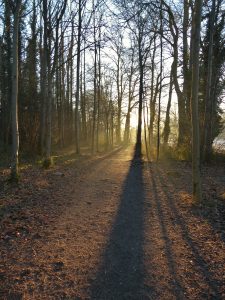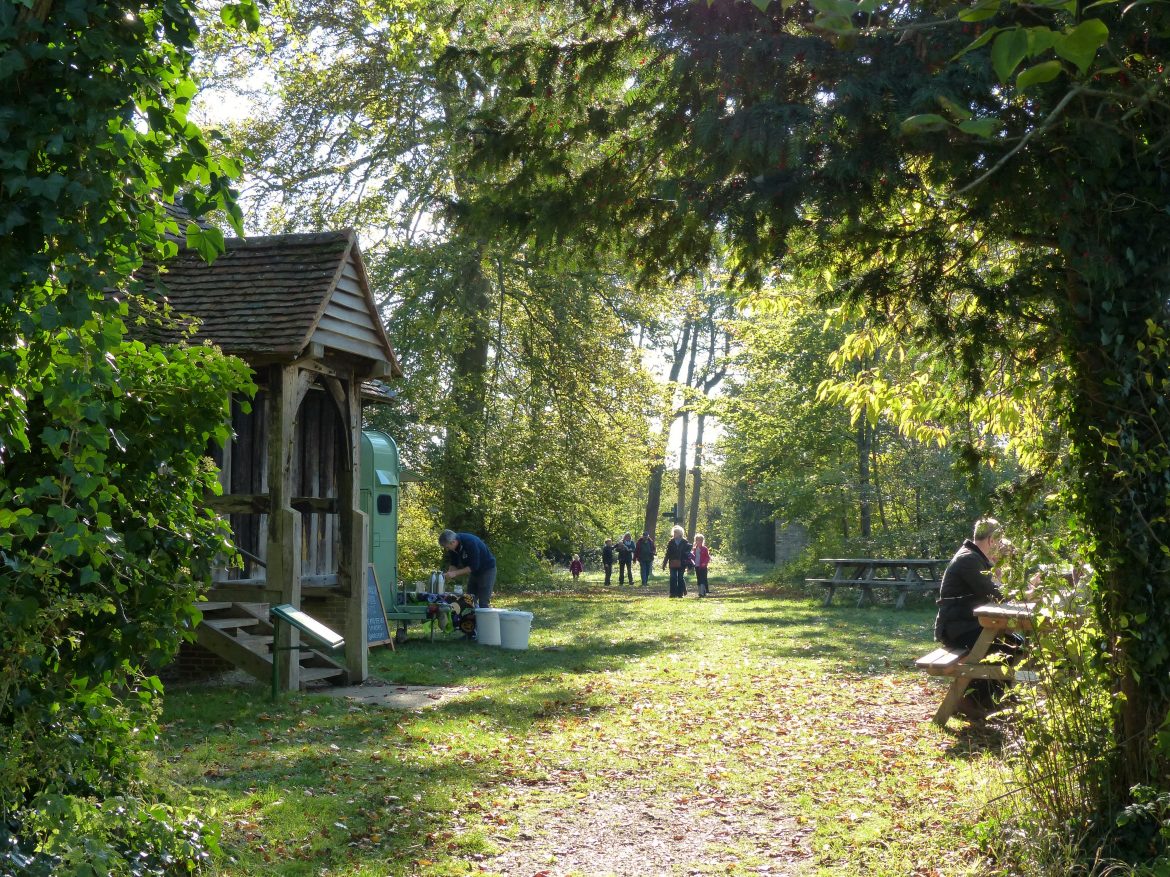Cambridge Past, Present & Future has been keeping an eye on the city and its surroundings for almost a century. We found out more about the local heroes that make up the charity
For those of you who have spent your lives in Cambridge, you’ll have no doubt seen the city transform before your eyes. Ancient architecture is frequently framed by distinctly modern façades, and town and gown seem more entwined than ever before. There’s a reason for this.
Since 1928, Cambridge Past, Present & Future (PPF) has been working behind the scenes to ensure the historic city of Cambridge evades damage by inappropriate development, liaising with local authorities to counteract significant planning decisions, and influencing the council to reject applications that will negatively impact the city’s quintessential character. Until 2009, the charity was known as the Cambridge Preservation Society, and was made up of town governors, local business owners and representatives from the university.
Back in the inter-war period, there wasn’t a planning system in place as there is today. Many historic buildings dotted in and around the city were at risk of dereliction, and the charity worked hard to protect these sites.
“We have saved a number of specialist buildings, including the Bourn Windmill, Hinxton Watermill and Cambridge Leper Chapel off Newmarket Road,” says James Littlewood, chief executive at CambridgePPF. Cambridge Leper Chapel is one of the oldest buildings in Cambridgeshire, dating back to the 11th century, and it would have fallen into disrepair if it wasn’t for the maintenance work of the charity since the 1950s. “As a more recent example, we managed to get an application for a block of student flats by St Matthew’s Piece denied, which would have loomed over the park, as well as damaging trees in the area,” James adds.
Cambridgeshire has made a commitment to double the amount of nature-rich habitats by 2050
Along with protecting Cambridge’s historic centre, another focus for the charity is to prevent the city from sprawling out too much and engulfing surrounding villages. “As the population continues to grow, pressure is increasing with regards to plans for new developments emerging,” explains James. “Although historic buildings are not at an immediate risk any more, we feel that our work is needed now more than ever, as tall buildings or large developments can dominate the environment.”
 In addition to this, CambridgePPF also encourages new developments to adopt design choices that are less impactful on views wherever possible, recognising the value of the city’s overall appearance and visibility – for residents and visitors alike. “It’s important to make sure we don’t destroy the unique character of the region,” says James.
In addition to this, CambridgePPF also encourages new developments to adopt design choices that are less impactful on views wherever possible, recognising the value of the city’s overall appearance and visibility – for residents and visitors alike. “It’s important to make sure we don’t destroy the unique character of the region,” says James.
As the charity approaches its 100th birthday, its small team – supported by volunteers representing their local communities – is homing in on more of a long-term vision for the area, with nature and biodiversity taking centre stage. “We’re aiming to increase the amount of green space in the area, as well as adding to, and consolidating, the Cambridge Green Belt,” James comments. The charity has played a major part in retaining much of the city’s structure, preventing developments on Grantchester Meadows, as well as saving the Gog Magog Hills from further development to create Wandlebury Country Park – where the team is still based today.
Working alongside the Wildlife Trust BCN, CambridgePPF has also established the Cambridge Nature Network in the past few years, promoting the prioritisation of green spaces among local councils – to secure the future of the county’s biodiversity. Cambridgeshire has made a commitment to double the amount of nature-rich habitats by 2050. It looks likely that this goal will be achieved, given the charity recently acquired a large section of the Wandlebury estate, increasing the size of the Country Park by 20%. It has also purchased land surrounding the village of Coton, in order to cultivate wildflower meadows in the region.
All in all, 2021 has been a year of reflection for CambridgePPF, who have plenty of past achievements to look back on – along with lots of new projects for the future. Our local landscape would likely look completely different without the charity’s conscientious measures in place, and it’s thanks to the continued efforts of the team – along with an army of dedicated local volunteers – that Cambridge is as picturesque today as it was almost 100 years ago.
“At the end of the day, we can only do the great work that we do with the support of local people,” concludes James. Here’s hoping the next 100 years will be just as kind.
Get involved
CambridgePPF has an eclectic mix of events and activities including live music performances at the Leper Chapel, plus children’s bushcraft, weekly health walks, and guided walks to identify trees in winter at Wandlebury. If you’d like to find out more about any upcoming events, or become a CambridgePPF charity member, visit the website.

